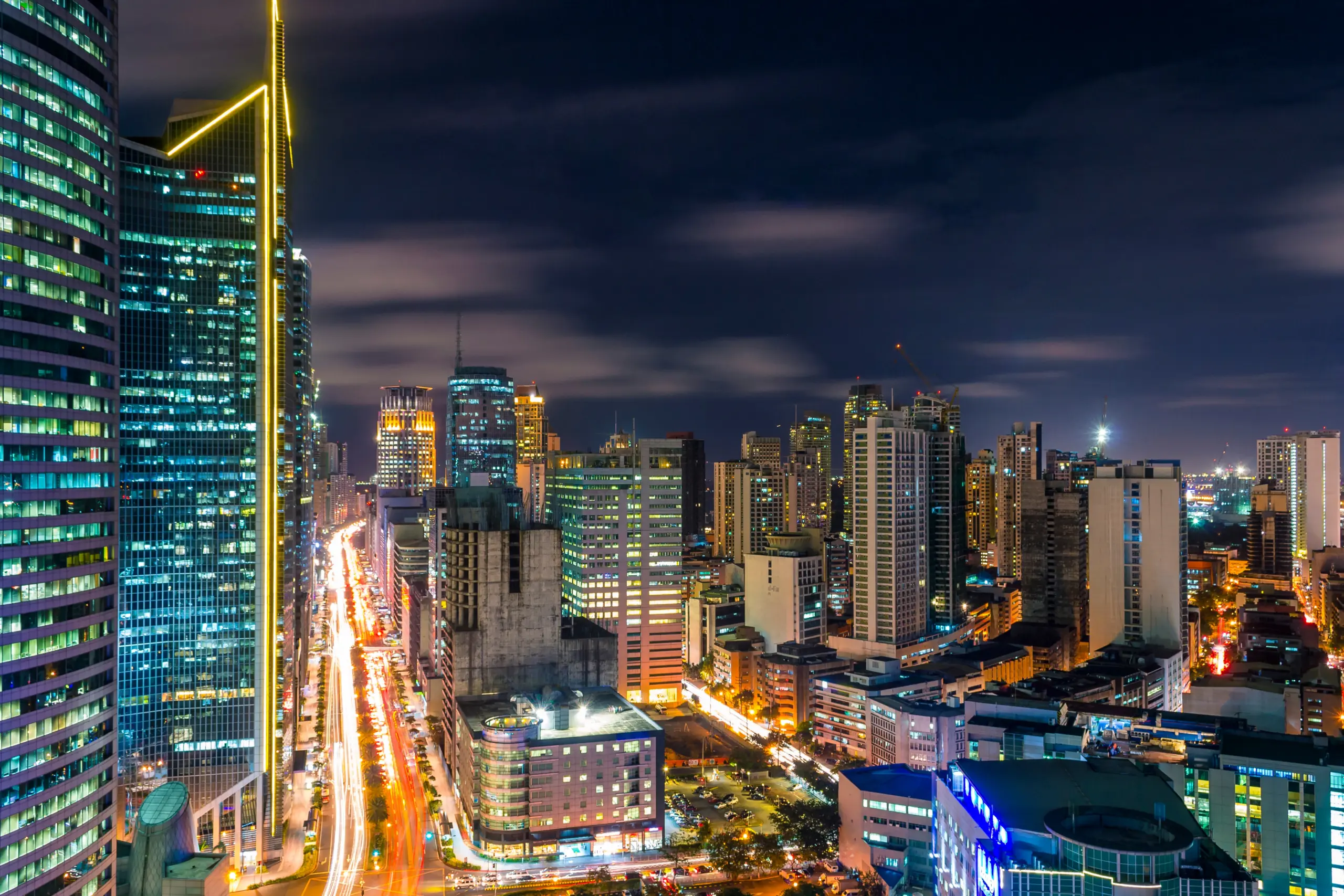Carbon Neutral: Sustainable Architecture of the Future
May 4, 2021

A third of The Estate Makati will be devoted to green spaces. Amenities will be
surrounded by lush greenery such as in the lounge areas in the upper floor and sky garden. The building is also designed to harvest rainwater which will be used to water all the plants in the property.
The Gherkin in London, the HSBC Building in Hong Kong, the Apple Park in Cupertino, La Garenne-Colombes in Paris, the South Beach in Singapore—all of these properties have challenged the notion of what traditional architecture is, and showed the world how the architectural envelope can be further pushed once you design for the community which inhabits it and the natural spaces it will inhabit. “[A building] has to [participate] in the life of the city. It has to, obviously, work very well for its use and intentions,” says David Nelson, Head of Design at Foster + Partners, the international architecture firm whose resume includes the aforementioned properties, among a diverse portfolio of award-winning developments.
Something else all Foster + Partners developments have in common is they have sustainability at the heart of each structure. They take a holistic approach to this: from the detailed research they do on the physical and anthropological context of the area they’re developing, to the commitments they have made to numerous green organizations globally, to the transparency they exercise to ensure that their own best practices do not violate the commitments they’ve made.
Read More: Manila Bulletin




